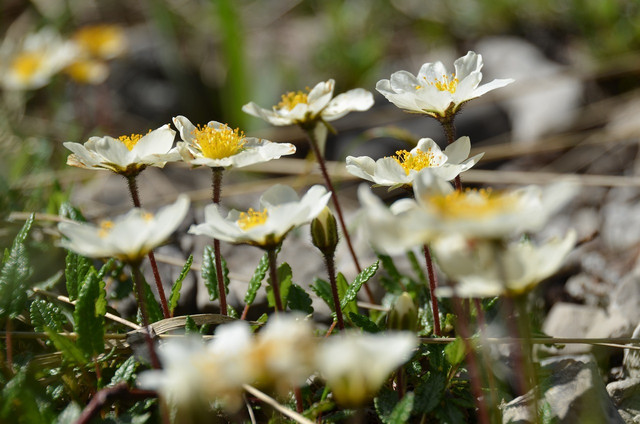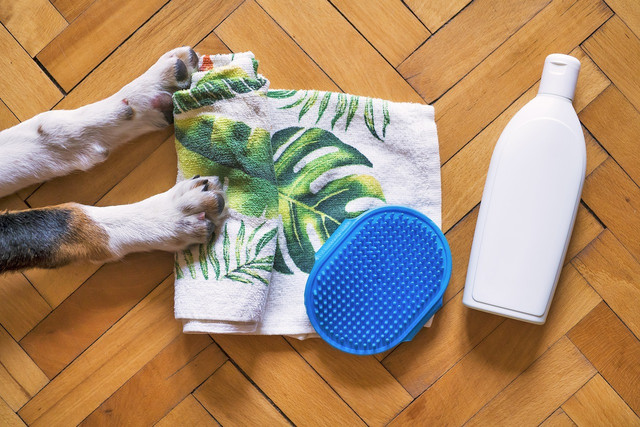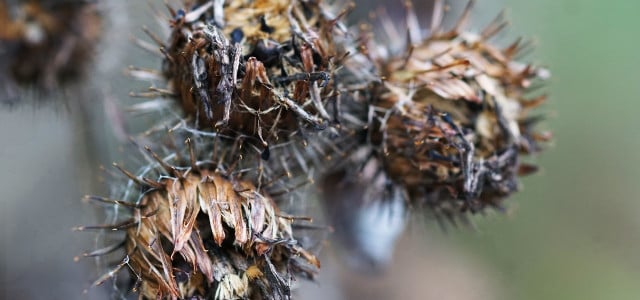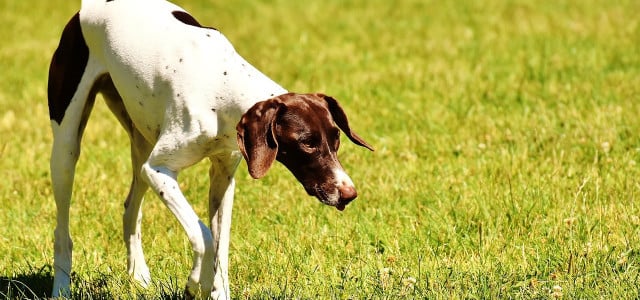Burrs are commonly considered to be pesky as they often attach themselves to your clothes, hair, or pet if you get too close. Why do they do it? Read on to learn what burrs are and how to get rid of them safely.
Burrs, like other plants, must spread their seeds in order to grow — but unlike other plants, they do this in a somewhat annoying way. They attach themselves onto a moving “host” which can often mean your clothes, hair, or pet in order to spread their seed pods. Read on to find out what burrs are, where they come from and how you can avoid them.
What Are Burrs?
Burrs are essentially a clingy vehicle that some plants use to spread their seed pods far and wide. To this end, burrs are covered in “hooks” that look like spikes that serve to help them attach themselves onto objects. They range in size from tiny enough that you don’t quite notice them to fairly large and can even be a litte painful to remove depending on their size and method of attachment. Some burrs sit on the surface, whereas others can penetrate the skin and become painful.
What Plants Develop Burrs?

(Foto: CC0 / Pixabay / gsibergerin)
There are various plants that develop burrs in order to spread their seed pods. Here are a few examples:
- White Avens: this June blooming perennial grows in wooded areas and has white blooms and small burrs with hooked ends that attach to objects.
- American Lopseed: these are woodland perennials that have pink flowers blooming in July. The burrs hang down the stalk and have hooked ends.
- Downy Agrimony: these perennials open in July, starting from the bottom up to produce yellow flowers. The burrs make up a column/bell shape with small hooks to attach themselves and can be found in shady areas.
- Pointed Leaved Tick Trefoil: these pink blooms are found in shady areas and bloom in June. Their burrs have tiny hairs that are quite adept at attaching themselves onto objects.
- Sweet Cicely: this tall plant has white flowers to pop in early May. Their seeds are long black pods that are coated in tiny hooked hairs.
- Cockleburs: these plants have many different species and can be found across the country. They have burrs that cover the outside of the blooming flowers and come in green, yellow, or brown spikes. Be careful if you find these on your pet’s fur as they can be poisonous if ingested.
How to Remove and Properly Dispose of Burrs



(Foto: CC0 / Pixabay / mattycoulton)
Burrs often attach themselves to your clothes, your hair, or your pet’s hair/fur and can be frustrating to remove. If there are only a few and they are the kind of burr that sits on the surface, they can be removed gently using your hands, but if they are matted in or are the type that penetrate the skin, they may require a bit more care. Follow these simple steps to remove them and dispose of them properly:
- Start with detangler/oil — if you have a detangling spray for hair or baby oil, douse the burr with it to start to weaken the grip on hair or skin.
- Wear protective gloves — burrs have spikes that can irritate your hands, so once you have added the oil or detangler, put on your protective gloves and begin to gently pull the burrs apart.
- Gently remove — the burrs will cling onto your skin or hair or pet’s hair in matted sections, so once you have begun this process, remove the burrs one or two at a time so they don’t tangle the hair even more.
- Dispose — because these plants will grow wherever placed, even in compost piles, you must burn the seeds or place them in the garbage away from other organic material.
- Pet fur/hair — if your pet has burrs stuck to its fur/hair, you can use the above method to remove them, or use DIY pet shampoo to wash the areas then comb out the fur/hair to ensure no burrs have escaped.
Removing Burrs from Clothing:
- Wash and dry — if your clothes have a lot of burrs after a hike, put them in the washer in hot water. The temperature will help remove the burrs from the clothing. Dry as normal.
- Use a comb— then use a fine toothed comb once the clothes are dry to remove the burrs from the clothes.
- Tape— if there are a few burrs that won’t come off, use a bit of tape to pull them from your clothing.
- Dispose— as above, you need to either burn or throw away the burrs if you do not want to have new plants sprouting that contain burrs.
Tips for Avoiding Burrs



(Foto: CC0 / Pixabay / Pexels)
The best tips for avoiding coming into contact with burrs is to know the hiking areas plants before you start off and to learn if the plants where you plan to hike contain burrs. If you are not sure, or it’s a new hiking area, try to avoid walking through long grasses or near dry areas where burrs tend to propagate.
Read on:
- 10 Best Hikes Near NYC You Can Reach by Train
- Hiking Near Houston: Best Hiking Trails to Check Out
- Hiking in Winter: 8 Tips for Staying Warm and Safe
Do you like this post?







